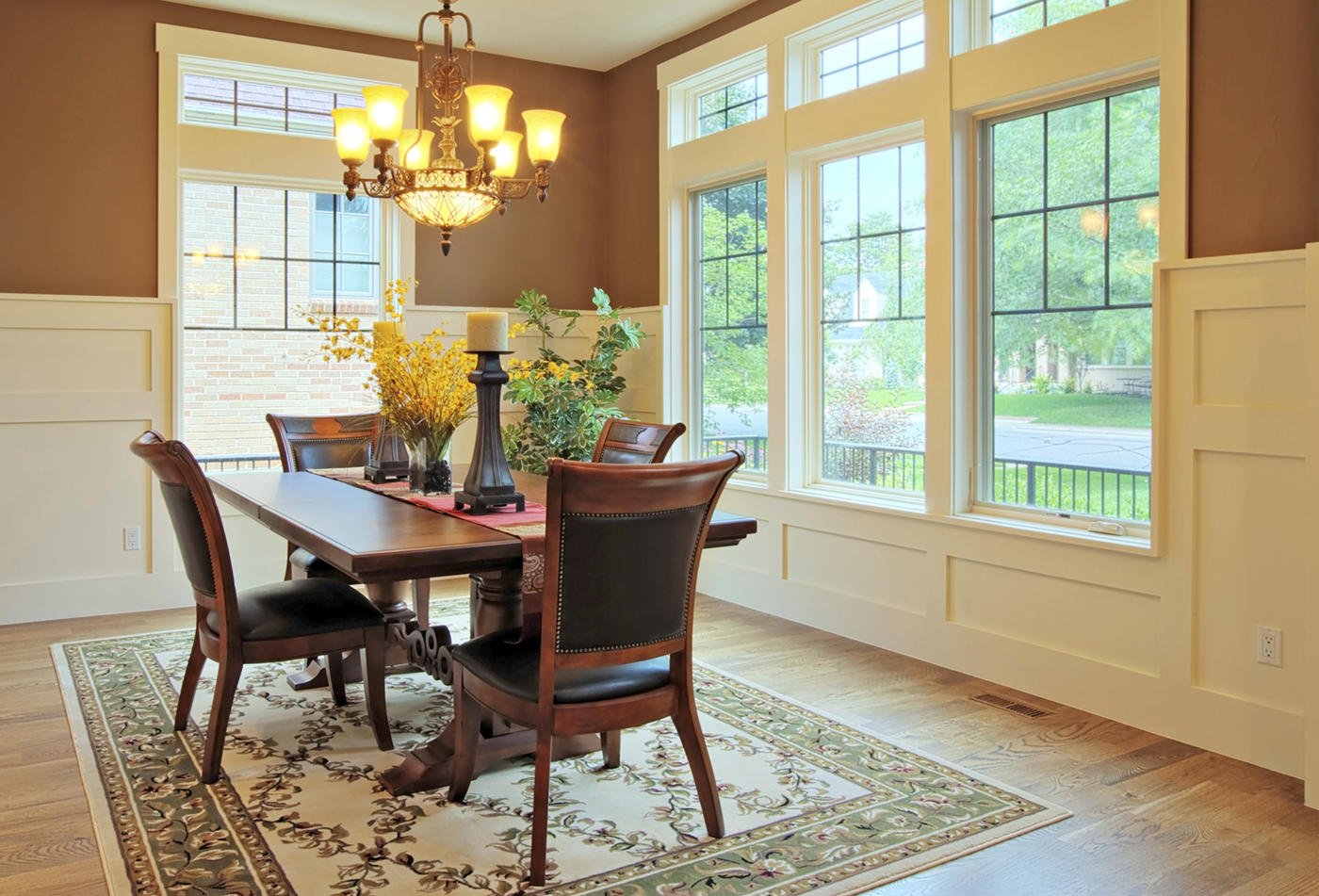Last week we discussed reader Kimberly D.’s concerns about buying an old home that might need a lot of repairs. Kimberly came back this week with a follow-up question about remodeling plans for this house. Let’s see what Dream Team member and interior design pro Jennifer Adams has to say on the subject!

Q: We are looking to purchase and completely over haul a 1925 built Florida cottage. It has a lot of original features we like, some we don’t. Is it better to change the layout to better meet our needs and leave as much original character as possible, or is it better for resale later to live with much as possible and just fix what’s there?
-Kimberly D.
A: This sounds like an exciting project! Older houses have so much charm that they are a joy, but they can be a nightmare if you don’t approach the project with the right mindset. It depends so much on your goals for the place.
Are you planning on keeping it for a while? Is it a vacation home or will you live in it full time? And, most importantly, what is your budget?
Remodeling an older house is expensive. Every house has its quirks, and while we call them unforeseen problems we really shouldn’t, because we all know there will be something unforeseen! Plan to expect the unexpected.
Even a simple cosmetic upgrade in an older house will be more expensive than you’d think. Off the shelf anything, such as counters, tubs and closet systems won’t fit easily because walls aren’t square, floors aren’t flat or dimensions are non-standard. Each project is unique (charm, right?) which drives up costs.
Plus, decisions you’d make for your primary residence will be different than if it’s a vacation home. On vacation, you’d probably enjoy the charm and floor plan quirks that might drive you nuts over time.
Make some decisions about what your dream usage of this house will be, even consider spending money for some brainstorming time with an interior designer or architect if you don’t have these skills yourself. This will help you plan your approach and build a budget.
In terms of prioritizing the projects, no matter what your usage of the house will be, make sure the structure from the foundation to the roof is sound, and the insulation, ventilation, electrical systems and plumbing are up to code and in good repair. Take care of any moisture, mold, mildew or other problems you discover. This will make any house healthier to live in for now, even part time, and more attractive to a potential buyer later.
Aesthetically, you can re-create a lot of the old charm by saving woodwork, cabinetry and trim for reuse! A work of caution, however, old woodwork — whether from this house or from a salvage yard — may have lead paint and so will require special handling. Don’t start sanding or pulling things apart without proper care.
Use a plaster finish on new walls so it looks old, and choose new fixtures that look appropriate for the style of your house. For the kitchen and baths, modern cabinetry may look out of place if you’re going for the cottage look. Consider a less built-in look with mismatched cabinets and open shelving, for example, and a rustic farm table instead of a sleek kitchen island.
The fun part of projects like these is that they are both challenging but hugely rewarding. You are not the first person to be facing these decisions; there is a world of support online for inspiration and help finding just that right piece!
Good luck with this project, and let us know how it goes!
-Jennifer A.

